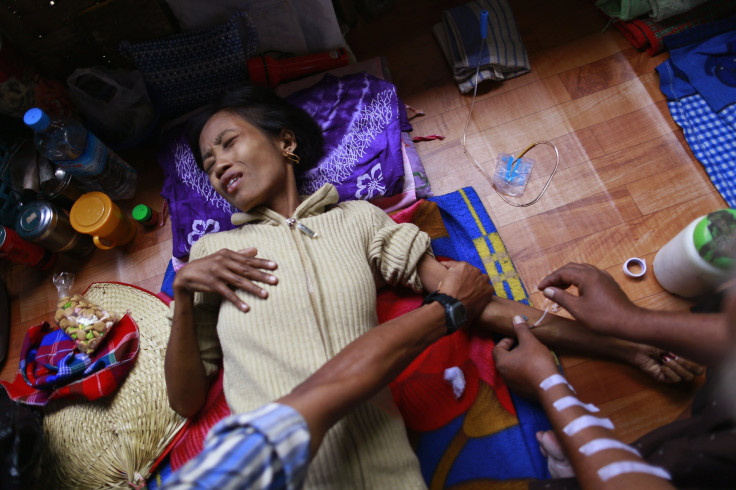Silicone vaginal rings protect women against herpes and HIV

A silicone vaginal ring has been successfully developed to prevent sexually transmitted infections, or STIs, and notably HIV infection in young women with high risk of exposure. According to researchers from the University Jean Monnet of Saint-Etienne in Francecan, the ring can deliver hydrophilic molecules such as tenofovir, which is active on HIV-1, and acyclovir, which is active on the herpes virus.
In conducting the study, the researchers aimed to create nontoxic silicone ring that is capable of delivering multiple active antiviral molecules against various STIs for a long duration, according to study author Meriam Memmi, who worked with a team of virologists, chemists and a silicone engineer to develop the silicone vaginal ring. According to her, they added a hydrophilic compound to the silicone, which allowed the drugs to be released from their reservoirs.
Memmi explained that some of the rings they developed are capable of releasing concentrations of drugs between 1.5 and 3.5 milligrammes per day for acyclovir and 3 to 5 milligrammes per day for tenofovir for as long as 50 days. These are equivalent to doses needed to prevent viral STIs such as HIV-1 infection, hepatitis B and genital herpes.
With these preliminary results, the researchers were able to demonstrate that silicone rings can be made to continuously deliver hydrophilic antiviral drugs for a long period of time. Such doses are needed to effectively neutralise viruses present in semen.
STIs caused by viruses are considered a worldwide public health concern, particularly in women from developing countries who were shown to be infected with HIV-1 early in their sexual lives. According to Memmi, it is difficult for women in these countries to master the prevention of STIs since the use of condoms and circumcision is mainly under the control of men.
The World Health Organisation believes STIs have a profound impact on sexual and reproductive health worldwide. STIs' serious complications include mother-to-child transmission of the disease, which can result in stillbirth, neonatal death, low-birth-weight and prematurity, sepsis, pneumonia, neonatal conjunctivitis and congenital deformities.
Human papillomavirus, meanwhile, causes more than 500,000 cases of cervical cancer, with over half resulting in deaths each year. STIs such as gonorrhoea and chlamydia are also considered to be major causes of pelvic inflammatory disease, adverse pregnancy outcomes and infertility.
The new silicone vaginal rings developed by Memmi and her colleagues are intended to be evaluated in clinical trials, with plans of producing them commercially at high rate and low cost. Their research was presented at the 55th Inter-Science Conference on Antimicrobial Agents and Chemotherapy.
Contact the writer at feedback@ibtimes.com.au or tell us what you think below.




















